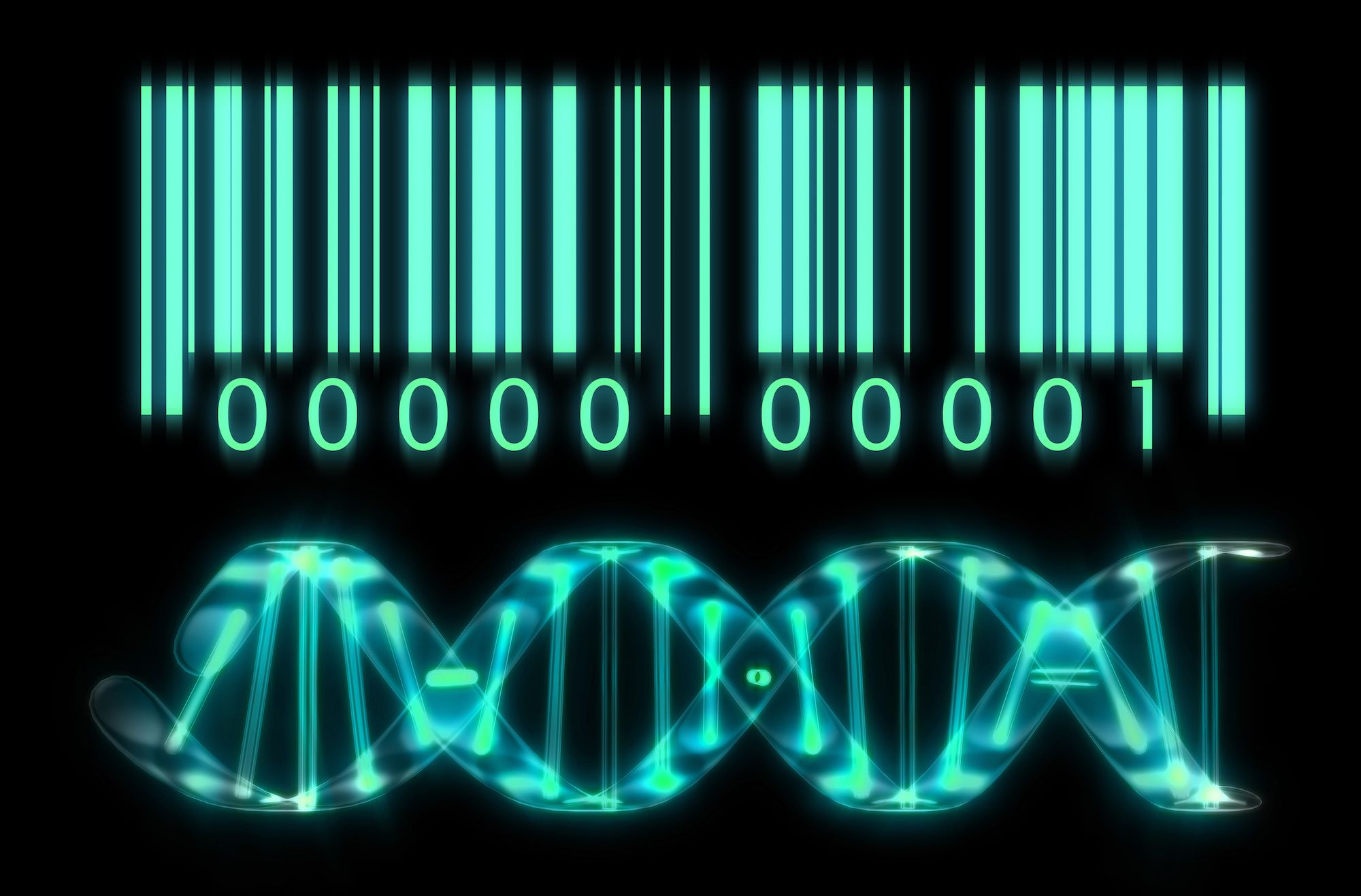
While the role of such variants is acknowledged for some diseases (e.g. While higher error rates within NGS can be opposed with higher sequencing coverage for variant detection, interpretation of results still needs consideration when analyzing variant allele frequencies (VAF) below 10%, the detection limit for Sanger-based sequencing. Furthermore, the paradigm shift from analyzing few reliable long reads (400–800 bp) in Sanger based sequencing to millions of short reads (50–250 bp) in Next Generation Sequencing (NGS) requires new computational models and additional attention interpreting results. Artefacts became even more evident with new and more sensitive sequencing technologies ( 2, 3). The differentiation between real mutational clones and sequencing artefacts can be complex, but is crucial in researching somatic mutations in cancer, neurodegenerative diseases and aging ( 1). Heteroplasmy describes a de novo mtDNA mutation often present in only a few copies. Mitochondrial DNA (mtDNA) is maternally inherited in humans and present in thousands of copies per cell. mtDNA-Server is currently able to analyze the 1000G Phase 3 data ( n = 2,504) in less than 5 h and is freely accessible at. Our evaluation data shows that mtDNA-Server detects heteroplasmies and artificial recombinations down to the 1% level with perfect specificity and outperforms existing approaches regarding sensitivity. We validated the underlying heteroplasmy and contamination detection model by generating four artificial sample mix-ups on two different NGS devices. All computational steps are parallelized with Hadoop MapReduce and executed graphically with Cloudgene. The mtDNA-Server workflow includes parallel read alignment, heteroplasmy detection, artefact or contamination identification, variant annotation as well as several quality control metrics, often neglected in current mtDNA NGS studies. Here we present mtDNA-Server, a scalable web server for the analysis of mtDNA studies of any size with a special focus on usability as well as reliable identification and quantification of heteroplasmic variants. While several pipelines for analyzing heteroplasmies exist, issues in usability, accuracy of results and interpreting final data limit their usage. intra-individual sequence variation) to a higher level of detail. The panel of pyrosequencing reactions for the mtDNA polymorphisms were chosen to result in an optimal discrimination power in relation to the number of bases determined.Next generation sequencing (NGS) allows investigating mitochondrial DNA (mtDNA) characteristics such as heteroplasmy (i.e. The results show that the method is very accurate and sensitive the results are easily interpreted and provide a high success rate on casework samples. The pyrosequencing technology for analysis of mtDNA polymorphisms has been tested with regard to sensitivity, reproducibility, and success rate when applied to control samples and actual casework materials. The assay has been developed to determine polymorphic sites in the mitochondrial D-loop as well as the coding region to further increase the discrimination power of mtDNA analysis. By contrast, mtDNA analysis based on the pyrosequencing technology provides fast and accurate results from the human mtDNA present in many types of evidence materials in forensic casework.


DNA sequence analysis using the conventional Sanger sequencing is very robust but time consuming and labor intensive. Traditionally, mtDNA has been analyzed by DNA sequencing of the two hypervariable regions, HVI and HVII, in the D-loop. Over recent years, requests for mtDNA analysis in the field of forensic medicine have notably increased, and the results of such analyses have proved to be very useful in forensic cases where nuclear DNA analysis cannot be performed.


 0 kommentar(er)
0 kommentar(er)
